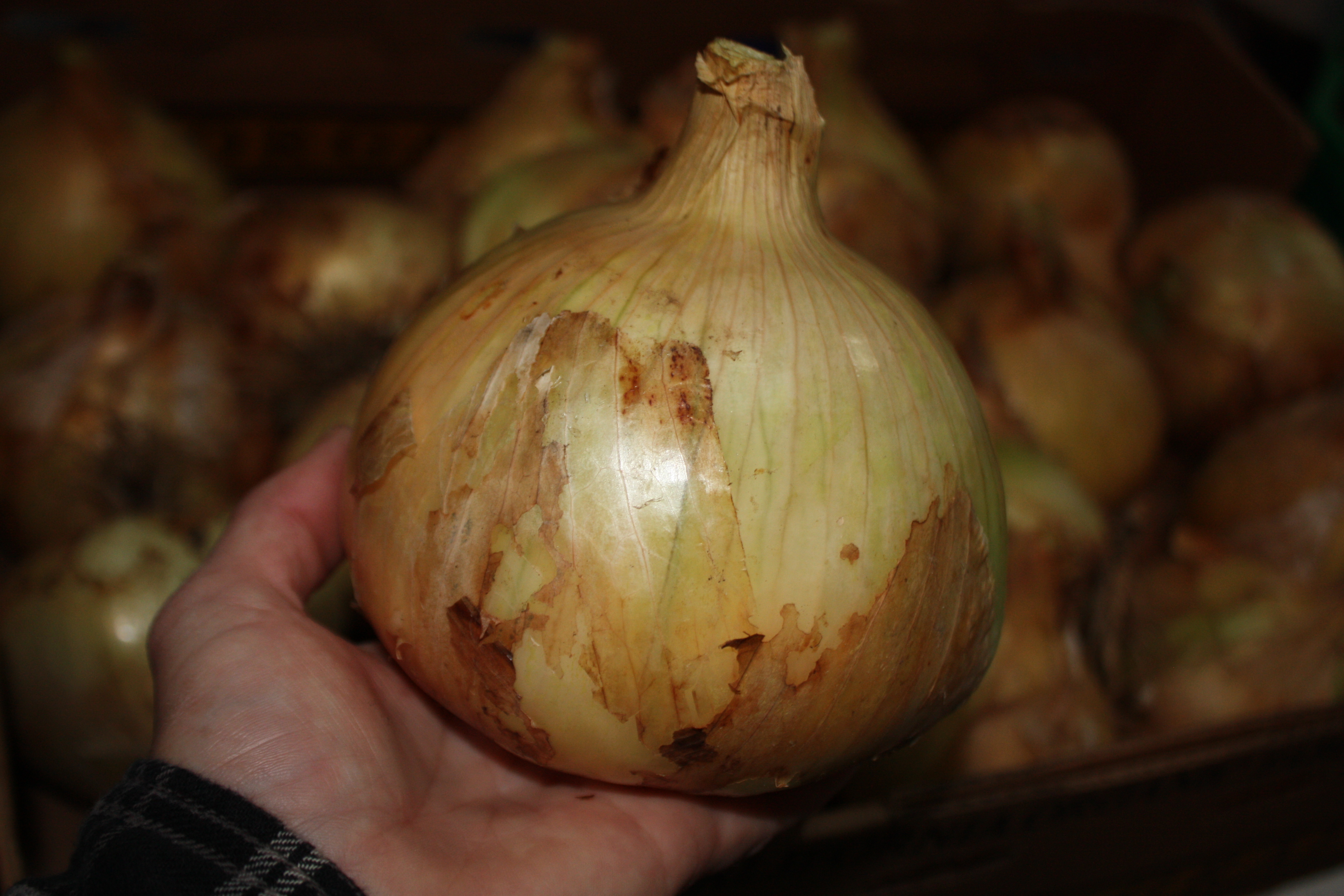Asian Loose-Leaf Red Lettuce
By Lezlie Wagman, Board Director
Thinking about what salad greens to plant this spring? What about Asian loose-leaf red lettuce? Your Galiano Seed Library has just acquired some of these easy to grow seeds, Galiano-grown and adapted to our local conditions.
This is a beautiful lettuce not only for eating but decorative for any garden. The leaves are ruffled and green at the growing point turning to a deep red hue towards the edges. When mature the leaves are about fifteen cm long and fall out as loose leaves do from the centre. The texture has more bite to it than regular green leaf lettuce and has a very fresh taste. It tears easily for salads and also has enough hardiness to be used as a wrapper for grated vegetables and grilled meat, which is how it tends to be used in South Korea.
As with most lettuces this one grows best in cool weather during the spring and fall. Well-drained, fairly fertile soil and lots of sunlight is a good recipe for growing. I sow these seeds directly outside and usually start in early April. The birds love the new growth so covering the baby lettuce with a cloche or some other bird barrier like a screen is essential. Once the plants are ten cm tall they’re not in near as much risk to being munched on by our feathered friends. You can also start these seeds indoors or a greenhouse. If starting in-doors you’ll need a very good grow light otherwise the plants become leggy and weakened.
For continuous harvesting, sow seeds by scattering lightly on prepared soil or in shallow short trenches five mm deep with a light scattering of earth on top. Planting can be done every two to four weeks. Germination should happen a week from planting if the conditions are right. The first little salad leaves are usually ready to eat about a month after germination. For fuller heads this lettuce will mature in approximately sixty-five days. It’s important to ensure even watering as it’s growing otherwise the lettuce can become a little bitter. An interesting feature of this Asian loose leaf red lettuce is that after maturity the leaves can be used in stir-frys and for steaming and retain a good flavor. Even once the flower stock appears these too may be cooked.
Seed saving of this fine plant is easy. Let the flower stocks mature into little yellow flowers. These will eventually fall off and you’ll be left with a tiny seed ball resembling a very miniature dandelion puffball. Once these seed heads form they can be cut and placed in a paper bag to dry before gleaning the seeds. To keep this variety as pure as possible it’s important to know that lettuce cross-pollinates easily with other kinds so keeping it in a separate area of the garden is helpful.
April seed lending days will be held at the Community Library Meeting room on Saturday, April 2, and Saturday, April 23, 2022, both days from 12-2pm.
Membership is $10 to join the Seed Library.





 Seed Library Update:
Seed Library Update:

